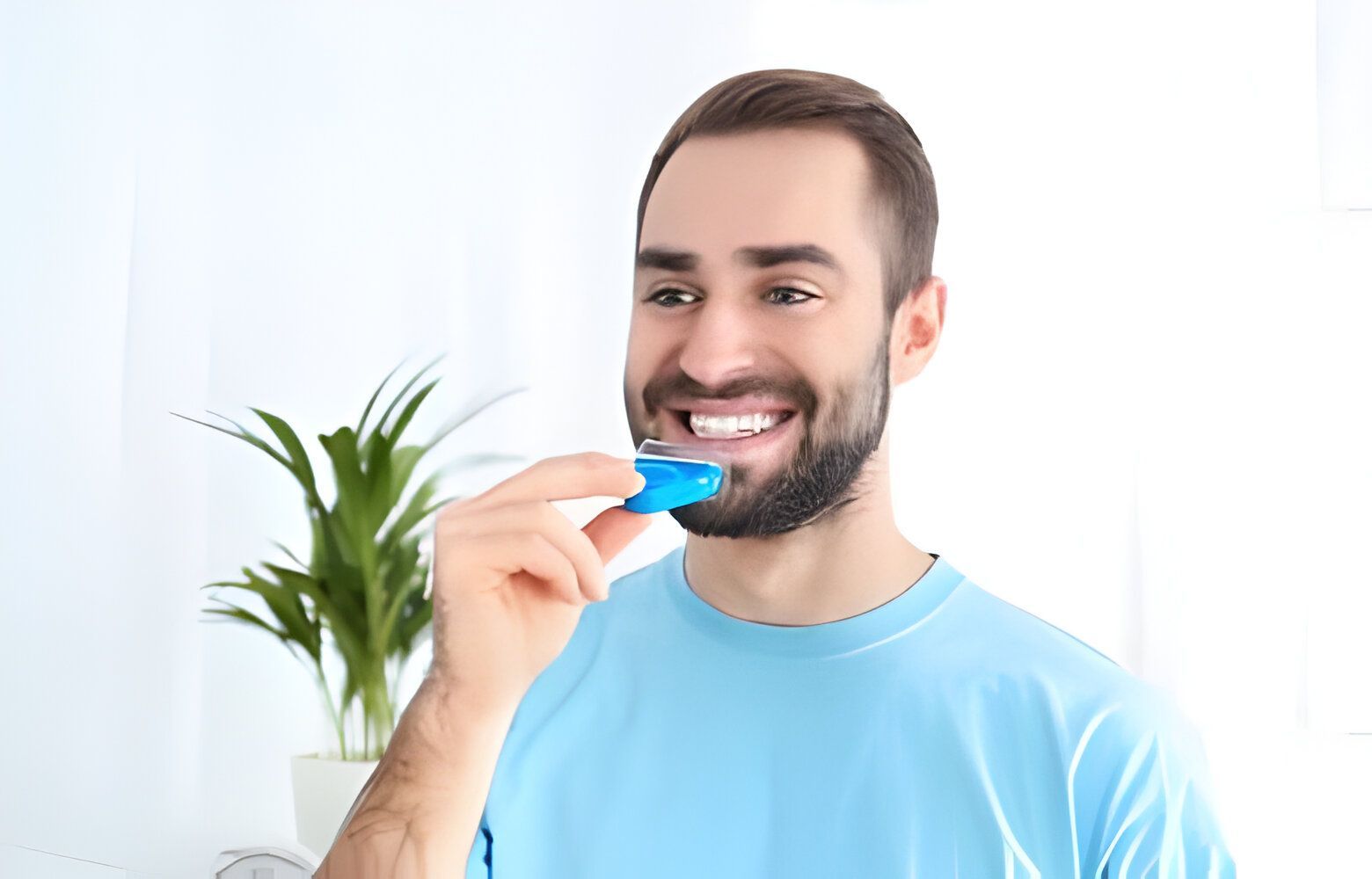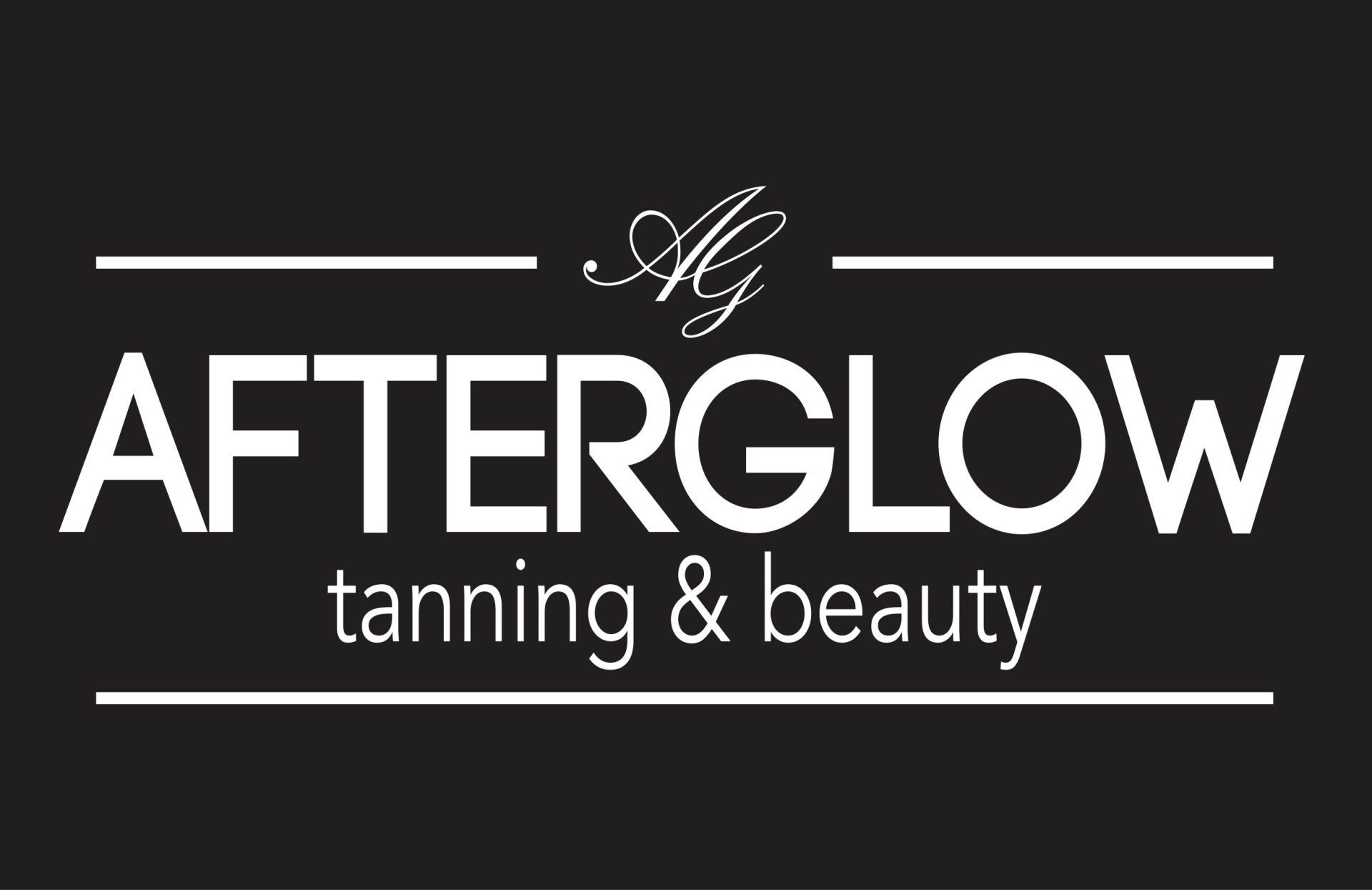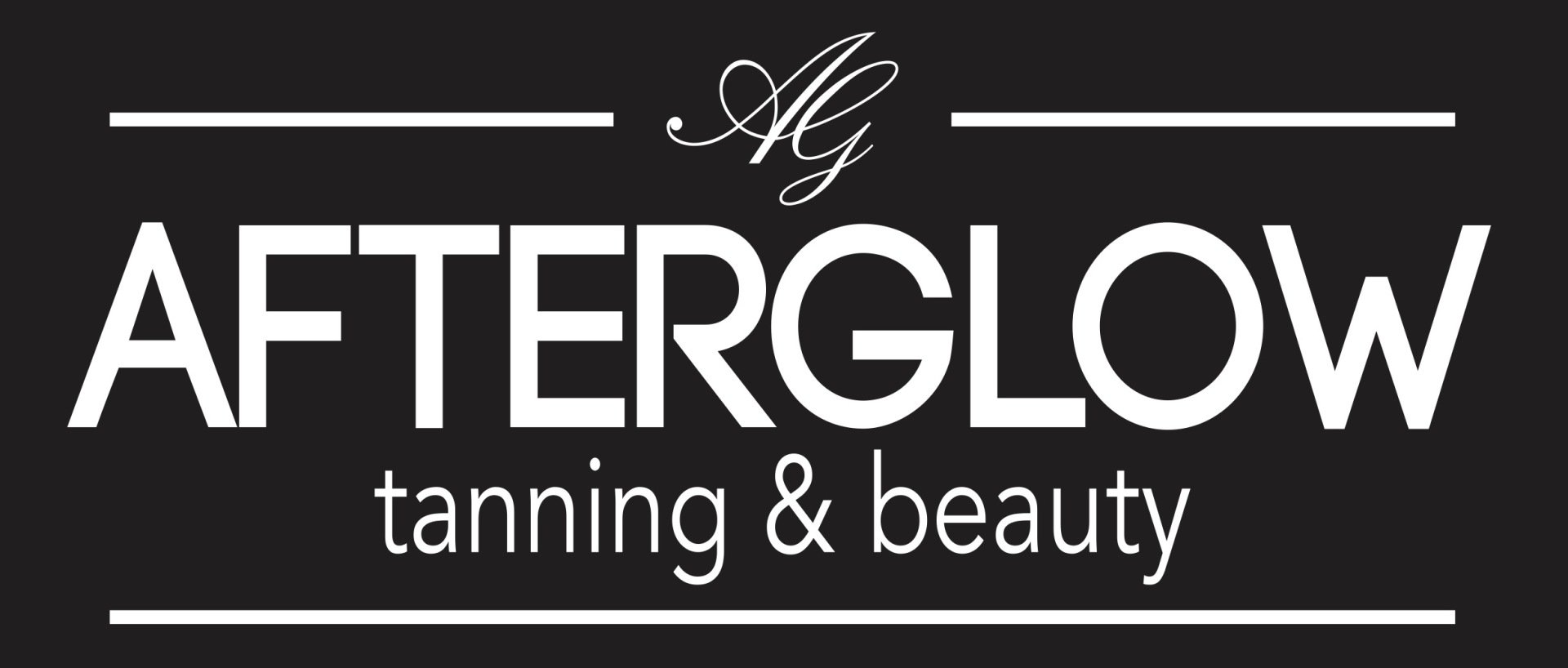Brighter, Whiter, Afterglow: Mastering UV Teeth Whitener Innovations
In the quest for the perfect smile, the dental industry has seen remarkable innovations, particularly in the realm of UV teeth whitening. Let's dive into the technology behind UV teeth whitening, discussing its efficacy, safety, and the science that allows it to deliver remarkable results faster than traditional methods. It also addresses consumer concerns, demystifying myths and presenting factual benefits and potential drawbacks, providing a comprehensive guide for those considering this modern approach to oral cosmetic enhancement.
Shedding Light on UV Teeth Whitening: Understanding the Basics
The Science Behind UV Teeth Whitening
UV
teeth whitening utilizes ultraviolet (UV) light to accelerate the bleaching process, resulting in faster and more noticeable results. The process involves applying a hydrogen peroxide-based whitening gel to the teeth, which is then activated by UV light. This activation helps break down the gel’s hydrogen peroxide into its reactive components, allowing for deeper penetration into the enamel to lift stains more effectively than traditional methods.
Effectiveness and Results
The effectiveness of UV teeth whitening can vary based on several factors, including the original shade of the teeth and the type of stains being treated. Most individuals experience significant whitening results after a single session, but some may require multiple treatments to achieve their desired level of brightness. It’s also important to note that the results are not permanent; maintaining the whiteness requires good oral hygiene and possibly touch-up treatments.
UV teeth whitening represents a significant advancement in cosmetic dentistry, offering individuals a faster route to a brighter smile. Understanding the basics, including the science, safety, and effectiveness of this method, can help individuals make informed decisions about whether it is the right choice for their oral health and cosmetic goals.
The Evolution of Teeth Whitening: From Past to Present
Ancient Beginnings
The pursuit of whiter teeth is not a modern vanity but a practice that dates back to ancient civilizations. The Egyptians, for example, were known to create a whitening paste using ground pumice stone mixed in vinegar. Ancient Romans, on the other hand, employed urine for its ammonia content to achieve a brighter smile, a testament to the lengths to which humans have gone in the quest for oral cosmetic improvement.
Middle Ages to 19th Century Practices
Moving through history, the methods for teeth whitening evolved but remained rudimentary and often harmful. In the Middle Ages, barbers not only cut hair but also performed dental work, including whitening teeth by filing them down and applying acidic substances, which unfortunately led to decay and other dental problems. By the 19th century, more sophisticated methods involving chlorine dioxide were introduced, which, while effective at bleaching teeth, were also corrosive to the enamel.
The Dawn of Modern Teeth Whitening
The foundation for contemporary teeth whitening technology was laid in the late 20th century. In the 1980s, dentists discovered that peroxide could be used safely to remove stains and whiten teeth, leading to the development of the first commercial home teeth whitening kits. This innovation marked a significant shift towards safer, more effective methods, prioritizing enamel integrity and oral health.
The Era of Technological Advancements
The most recent chapter in the evolution of teeth whitening has been characterized by significant technological advancements. LED and UV light-assisted whitening treatments, developed in the 21st century, offer faster and more pronounced results by accelerating the chemical reactions initiated by whitening agents. Moreover, the advent of customizable and prefabricated whitening trays has made at-home whitening more effective and convenient, reflecting the industry's shift towards consumer-friendly solutions.
The evolution of teeth whitening from ancient and often hazardous practices to today's technologically advanced, safe, and effective methods illustrates humanity's enduring desire for aesthetic improvement and the lengths to which science and innovation have been applied to meet this demand.
How UV Teeth Whitening Works: Illuminating the Process

Preparation Phase
Before the UV teeth whitening process begins, a dental professional will conduct a thorough examination of the patient's teeth and gums to ensure they are healthy and suitable for the treatment. This step is crucial to identify any oral issues that could affect the whitening process or be aggravated by it. Following the examination, the teeth are professionally cleaned to remove surface plaque and tartar, setting the stage for an even and effective whitening treatment.
Application of Whitening Gel
The next step involves the careful application of a high-concentration hydrogen peroxide gel on the teeth. This gel is specially formulated to work in conjunction with UV light. To protect the gums from the potentially irritating effects of the bleaching agent, a protective barrier is applied around the gum line. This meticulous preparation ensures that only the teeth are exposed to the whitening agents, safeguarding the patient's oral health.
Activation with UV Light
With the whitening gel in place, a UV light is positioned in front of the patient’s teeth, activating the gel. The light’s UV rays penetrate the gel, breaking down the hydrogen peroxide into its reactive components. This reaction releases oxygen molecules that penetrate the enamel and dentin, breaking up the stains that lie within. The process usually lasts about 15 minutes per session, and multiple sessions may be required to achieve the desired level of whiteness.
Post-treatment Care
After the
UV light treatment, the whitening gel is removed, and the protective barriers around the gums are taken off. Patients might experience temporary tooth sensitivity, which is a common side effect of teeth whitening treatments, but this usually subsides within a few days. To maximize and maintain the results, patients are advised to follow a white diet for a few days, avoiding foods and beverages that can stain the teeth, along with adhering to good oral hygiene practices.
Beyond Surface-Level Brightness: Delving into UV Whitening's Deep Impact
The Psychological Benefits of a Brighter Smile
UV teeth whitening goes beyond just enhancing the physical appearance of one's teeth; it has profound psychological benefits as well. Studies have shown that individuals with brighter smiles often experience a boost in self-confidence and self-esteem. This newfound confidence can improve social interactions, career opportunities, and overall mental health. A white smile is perceived as a sign of health and vitality, making it a desirable trait in various aspects of life.
Health Implications and Oral Hygiene
On the health side, the deep impact of UV whitening extends to encouraging better oral hygiene practices. When individuals invest in cosmetic dental procedures, they are more likely to maintain their results through improved oral care routines. This attention to dental health can lead to fewer cavities, reduced risk of gum disease, and overall enhanced oral health. The initial dental examination prior to UV whitening can uncover and address pre-existing dental issues, providing an opportunity for early intervention.
Technological Innovation and Future Perspectives
UV teeth whitening exemplifies the significant strides made in dental technology, offering a glimpse into the future of oral care. The ongoing refinement of whitening techniques and the development of more efficient, safe, and patient-friendly methods showcase a commitment to advancing dental aesthetics. This progress not only improves the effectiveness of cosmetic dentistry but also minimizes potential risks and side effects associated with teeth whitening. Looking ahead, the integration of innovative technologies like AI for customized treatments could further personalize and enhance the whitening process.
The deep impact of UV teeth whitening encompasses not only the immediate cosmetic benefits but also the broader effects on psychological well-being, oral health practices, and the future of cosmetic dentistry. This procedure stands as a testament to the evolving landscape of dental care, where technological advancements continue to meet the desires and needs of patients seeking aesthetic improvements.
The Science of UV Light: Breaking Down Its Teeth Whitening Power

Understanding UV Light and Its Role in Teeth Whitening
UV light, or ultraviolet light, is a type of electromagnetic radiation that falls just outside the visible spectrum, at wavelengths shorter than visible light but longer than X-rays. In the context of teeth whitening, UV light acts as a powerful catalyst, significantly enhancing the bleaching effect of hydrogen peroxide—the active ingredient in most whitening agents. When UV light is shone onto a tooth treated with hydrogen peroxide, it accelerates the decomposition of the peroxide molecules, releasing more free radicals that break down the compounds causing discoloration.
The Mechanism Behind UV Accelerated Whitening
The process primarily involves the activation of the hydrogen peroxide gel applied to the teeth. UV light has the unique ability to energize and break down hydrogen peroxide molecules into free radicals faster than they would on their own. These free radicals are highly reactive and immediately go to work on the tooth enamel, attacking the complex organic molecules that have discolored the teeth. This reaction not only produces faster results but also achieves a greater degree of whitening by penetrating deeper into the enamel and dentin layers.
Safety Considerations and Innovations
Despite its effectiveness, the use of UV light in dental treatments has raised concerns about potential risks, such as tissue damage or increased sensitivity of the teeth and gums. In response, innovations in dental technology have led to the development of safer, more controlled UV light sources that minimize exposure to harmful radiation levels. Additionally, dental professionals take precautionary measures, such as applying protective barriers on the gums and using glasses to shield patients' eyes, ensuring a safe and comfortable experience.
Looking Forward: Advancements in UV Whitening
The future of UV whitening looks promising, with ongoing research focusing on optimizing the wavelength of the light used, reducing treatment time, and minimizing side effects. Newer technologies, such as LED lamps emitting light at specific wavelengths beneficial for catalyzing the whitening process, are being explored as alternatives to traditional UV lamps. These advancements promise to make UV teeth whitening even more effective, safe, and accessible to a wider audience, continuing to revolutionize the way we approach dental aesthetics.
Fast Tracks to a Dazzling Smile: Exploring UV Whitening's Efficiency
Rapid Results with Lasting Impressions
UV teeth whitening stands out for its ability to deliver immediate and visible improvements in tooth color and brightness. Unlike at-home bleaching kits that may take weeks to show results, UV whitening procedures often require just one visit to the dentist. This swift transformation can lead to a dramatic improvement in a person's appearance and self-perception, offering an instant boost to confidence and satisfaction with their smile.
Time-Saving Treatment Sessions
One of the most significant advantages of UV whitening is the efficiency of the treatment process. A standard session can last between 30 to 90 minutes, making it an ideal choice for those with busy schedules seeking quick cosmetic enhancements. This efficient use of time, combined with immediate results, positions UV whitening as a highly desirable option for people looking to enhance their appearance in a short period.
Comparison with Traditional Whitening Methods
When compared to traditional teeth whitening methods, such as over-the-counter strips and trays, UV whitening offers a more potent solution due to the accelerated action of the UV light on the whitening gel. This method can achieve results several shades lighter than those possible with non-UV treatments, highlighting its effectiveness in delivering a noticeably brighter smile.
The Economic Aspect of UV Whitening
While UV whitening is often seen as an investment in personal aesthetics, its cost-effectiveness is noteworthy when considering the longevity and quality of results. Despite the initial expense being higher than at-home kits, the durability of UV whitening outcomes can negate the need for frequent retreatments, presenting a financially viable option in the long run for those seeking a lasting solution to tooth discoloration.
Concluding Thoughts on UV Whitening's Efficiency
UV teeth whitening's blend of rapid results, time-saving treatments, and effective outcomes make it a compelling choice for individuals aiming for a brighter, more confident smile. By offering a fast track to dental aesthetics improvements, this method continues to be a popular and efficient solution for achieving and maintaining a dazzling smile, encapsulating a blend of modern technology and cosmetic excellence.
AfterGlow Tanning & Beauty: Beyond UV Whitening
AfterGlow Tanning & Beauty emerges as a comprehensive solution for those pursuing not only dental aesthetics but a complete beauty and wellness experience. Strategically aligning with the latest in care protocols, AfterGlow offers a suite of services that extend beyond UV teeth whitening, encapsulating tanning, facial aesthetics, and body treatments. This holistic approach ensures clients achieve their desired appearance and wellness outcomes in a nurturing and sophisticated environment. AfterGlow's commitment to cutting-edge technology, paired with a personalized touch, ensures that each visit is a step towards rejuvenation, confidence, and radiant health.




